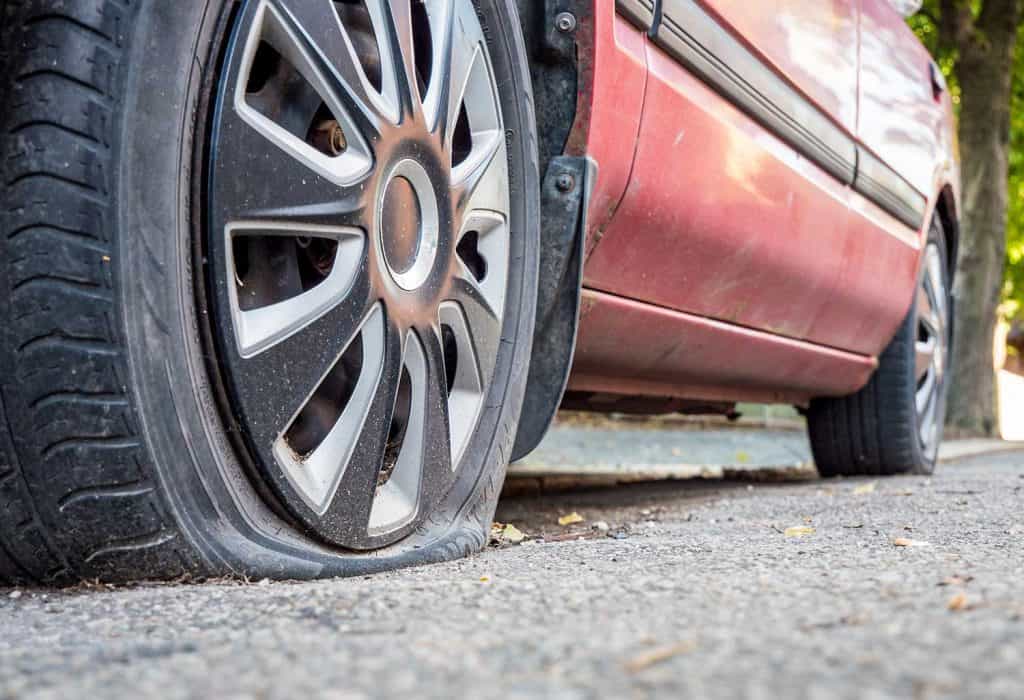Tires are expensive, and no one likes replacing them. Getting new tires often means two or four new tires at once, and replacing all four tires can easily run up a bill as high as $1,000. So if you're in need of a new tire, it's understandable that you might be wondering—do I really have to replace tires in pairs? We've checked with tire experts and mechanics to confirm whether replacing just one tire is safe.
There are almost no circumstances in which replacing just one tire is a good idea. The only exception is if your tires are practically new—if you just bought new tires and have a puncture hole, for example. Tires with any major wear should be replaced in pairs, as it improves safety and handling. Plus, it can stress out the internal workings of the car, causing expensive repair bills.
Keep reading as we'll explain in greater detail why tires have to be replaced in pairs and when you actually (gulp!) have to replace all four tires. Plus, we'll explain why the wrong sized tires are dangerous, both for the driver and the car. We'll cover whether or not the tires should be the same brand and how to tell when you need new tires. Finally, does changing tires mean you need to get them aligned, as well? This article covers it all, so stick around for everything you need to know about keeping your tires well maintained.
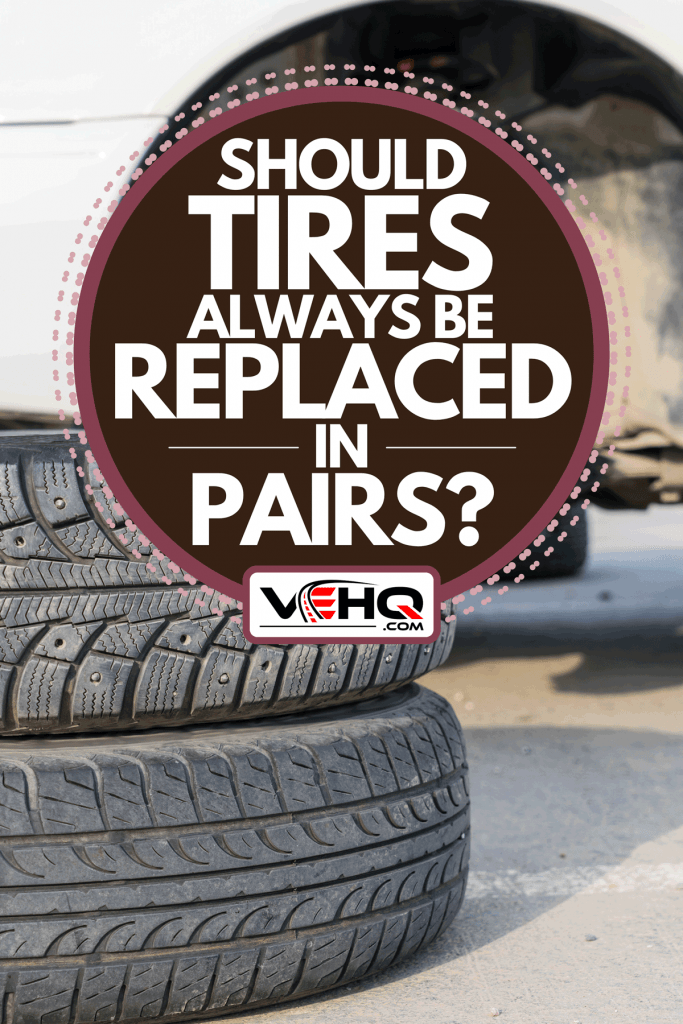
[toc]
Why Replace Tires In Pairs
Because a new tire won't be as worn as the old ones, you should really change at least two at a time. The tire depth needs to stay relatively the same, and that just can't happen when you pair a brand new tire with an old, worn one.
If your tires are nearly new, with less than 30% wear, you might be able to get away with changing just one. Sometimes, even a brand new tire can suffer an accident, like a nail puncture; and who wants to spend money on new tires when you just did that?
Put the new tire on the rear axle,
according to Consumer Reports tire program leader Ryan Pszczolkowski. Putting new tires in the rear makes handling more predictable and safer. And remember, if tires are greater than 30% worn, be sure to change them in pairs.
If tires are closer to 70% worn or greater, it's time to change all of them. You may also need to change all of them sooner if it's an all-wheel-drive vehicle because they're more sensitive to variations in tire depth.
Do I Have To Replace All 4 Tires On FWD?
You generally don't have to replace all four tires on FWD unless there is significant wear of 70% or more. But you do need to replace all four tires on all-wheel-drive vehicles, most of the time.
Check your manual for specific tire instructions. Your manual has clear instructions to let you know just how much the tire depth can vary between tires. But since all-wheel-drive cars tend to be pretty intolerant of different wear levels, you'll find that in most cases, it's recommended to change all four.
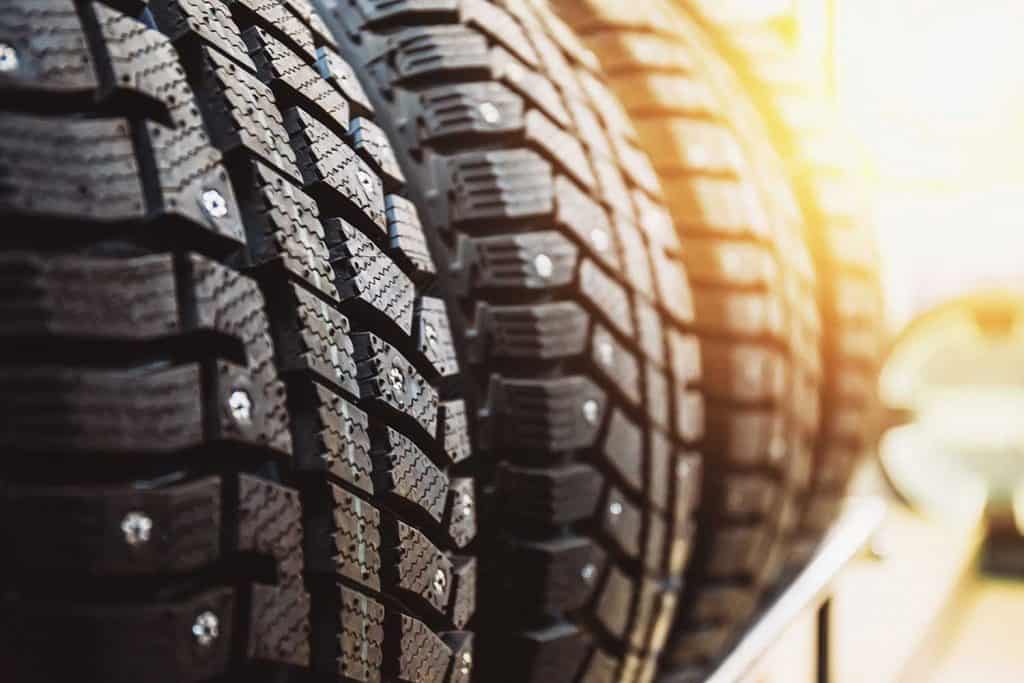
Can Wrong Size Tires Damage Transmission?
If the tires are the wrong size because they mismatch (for example, not changing tires in pairs), and it has the most damaging effect on your car. It can throw off the steering and handling of the car, creating a safety issue.
But it also stresses the internal workings of the vehicle, potentially burning out the differential or transmission. This is most problematic if the mismatched tire is on the front axle of a front-wheel-drive car or the rear axle on a rear-wheel-drive.
You should always use the correct size tires for your vehicle, however. Some people will switch all four tires to something inappropriate for their vehicle, believing that bigger tires equal better handling or some other mistruth. The fact is that the recommended tire size in your manual is there for a reason.
Tires that are too wide tend to handle poorly in slick conditions - again, your vehicle manufacturer has already determined the safest tires for the car. Tall tires affect steering and may make the ride bumpier, while short tires can affect ground clearance. Just use the right tires - you're not going to outsmart the experts on this one.
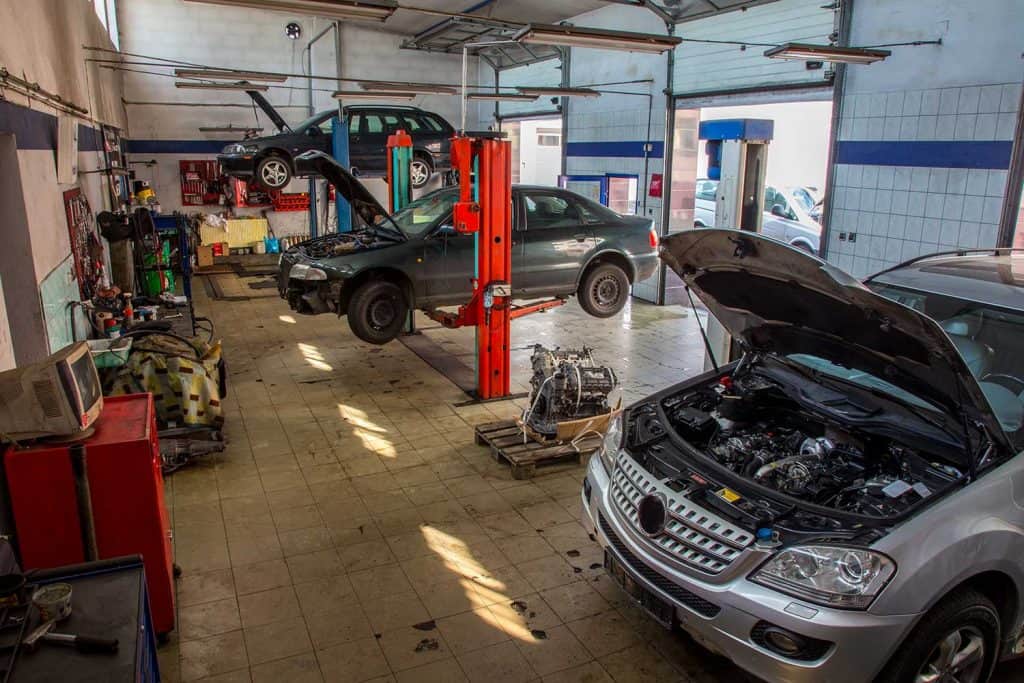
How Often Should You Replace Tires?
There's a lot of variables at play in how often you need to replace your tires. A rule of thumb is every 25,000-50,000 miles, the average lifespan of most tires. But how you drive can cause tires to wear excessively, so you can't simply count miles.
To tell how much tread is left on your tires, you can use a tire depth gauge. While there are other tricks for eyeballing tread, this is the most accurate and simplest way to tell.


And even if you don't rack up a lot of miles, tires should still be replaced every six years, no matter the wear. This advice comes from the National Highway Traffic Safety Administration itself, important because the material that makes up your tires continues to degrade over time.
Can You Have 2 Different Brands Of Tires On Your Car?
Most experts agree—probably not. There's just too much chance that variables between the tires can
affect the handling, safety, and even cause wear and tear on the internal working parts of the vehicle. Having to get new tires is expensive, but replacing a blown transmission is, too.
All tires are manufactured slightly differently, with different tread patterns and variations in internal construction. This means a tire that's a different brand than the others is likely to handle differently than the rest.
Once again, it's noted that the worst thing to do is to have mismatched tires on the same axle. If you really can't afford four new tires or have to go with two brands, at least make sure that the two tires on each axle match.
And if you have all-wheel drive, it's rarely possible to mix and match. As we've already covered, all-wheel-drive vehicles are very sensitive to variations in the tires, and you're risking damage to the car.
Can Getting New Tires Mess Up Alignment?
The answer to this is debatable among mechanics. Some don't feel that properly installed tires should affect the alignment. But most do
say that it's necessary, as it can improve the tread life of the tire.
It's worth pointing out that alignment needs a regular check anyway, and a tire change is a good reminder. Otherwise, you might not know the last time you performed this necessary maintenance.
And since poor alignment causes tires to wear out faster, there's always a high chance your alignment was bad and that's why you're buying new tires anyway. Better to address it and be sure that no alignment issues wear down your new tires as well.
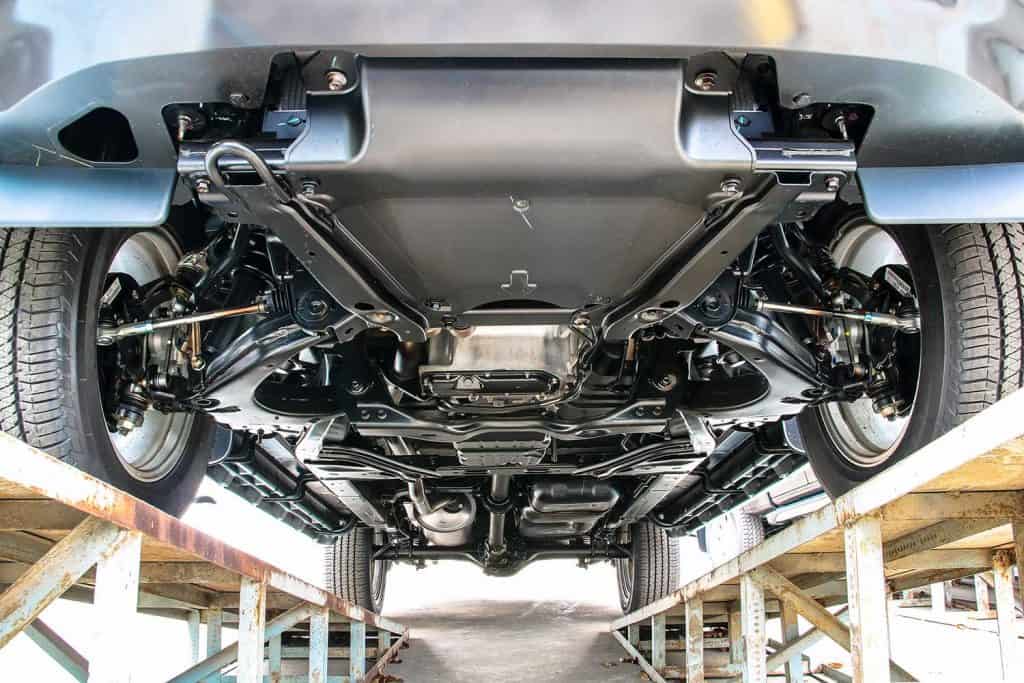
In Closing
Always change tires in pairs. Variations in tire depth make it necessary to change both tires on an axle together. Otherwise, it can cause problems with handling and performance. It may even damage the transmission or other parts of the vehicle. All-wheel-drive vehicles, which are extra sensitive to these changes, might need you to change all four tires at a time.
It's best to stick to one brand of tires. If you absolutely can't afford four new tires of the same brand, at least keep the tires together. Put two tires of one brand on the front axle, and two tires of another brand on the rear axle.
But be aware, mechanics don't usually recommend this. It's better to avoid it if finances aren't an issue. It's especially bad for an all-wheel-drive vehicle, for the same reason you should already change all four tires at a time. Remember - tires might be expensive, but so is blowing up your transmission!
To continue learning about tires, see the following:
Here's Why Driving with Bald Tires Can Kill You

